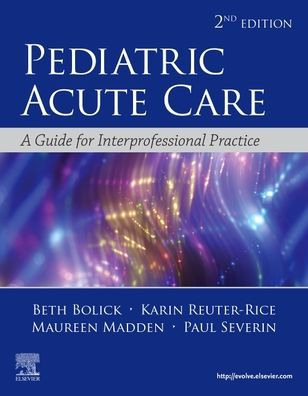5
1
9780323673327


Pediatric Acute Care: A Guide to Interprofessional Practice / Edition 2 available in Paperback

Pediatric Acute Care: A Guide to Interprofessional Practice / Edition 2
- ISBN-10:
- 0323673325
- ISBN-13:
- 9780323673327
- Pub. Date:
- 06/22/2020
- Publisher:
- Elsevier Health Sciences
- ISBN-10:
- 0323673325
- ISBN-13:
- 9780323673327
- Pub. Date:
- 06/22/2020
- Publisher:
- Elsevier Health Sciences
149.99
In Stock

Product Details
| ISBN-13: | 9780323673327 |
|---|---|
| Publisher: | Elsevier Health Sciences |
| Publication date: | 06/22/2020 |
| Edition description: | 2nd ed. |
| Pages: | 1280 |
| Product dimensions: | 8.50(w) x 10.88(h) x (d) |
What People are Saying About This
From the B&N Reads Blog
